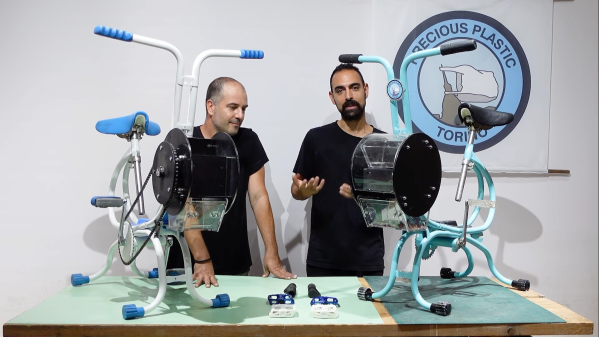You might find yourself, dear Hackaday reader, attracted to some pretty strange corners of the tech world. Who knows when that knowledge of stenography, ancient retrocomputing, and floppy disk internals will all combine to get someone falsely accused out of jail? Go read this story and come on back, but the short version is that [Bloop Museum] helped recover some 40+ year old court evidence off of some floppies to right an old wrong.
If you looked at the combination of extremely geeky topics, you’d say it’s unlikely to find anyone well versed in any one of them, and you’d say that the chances of anyone knowing enough in each these fringe domains to be helpful is exceedingly low. But I’m absolutely sure that the folks at [Bloop Museum] had some more to throw into the mix if they were called for. Or better yet, they might know exactly the right geeks to call in.
And that’s the other heartwarming part of the story. When [Bloop Museum] didn’t know everything about old stenography formats, they knew the right people to reach out to – the Plover open stenography project. Who is going to know more? Nobody! Together, the nerd community is an unstoppable resource.
So remember, when you’re hanging out with your geek friends, to keep a running catalog of everyone’s interests. Because you never know when you’re going to need an expert in re-gilding frames, or relocating bee hives, or restoring 1930’s radio sets. Or decoding obscure data formats to get someone out of jail.
Hackaday Halloween
We’re running the 2023 Halloween Hackfest and it’s your chance to document your Halloween projects, and win fame, fortune, or at least one of three $150 DigiKey gift certificates, plus some Arduino schwag courtesy of the contest’s sponsors! You’ve got until the end of October, so get on it!



















